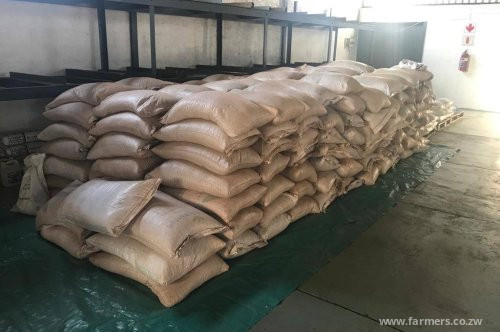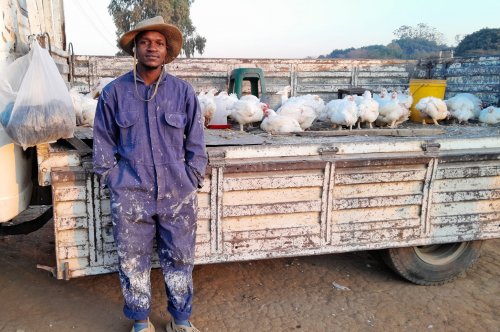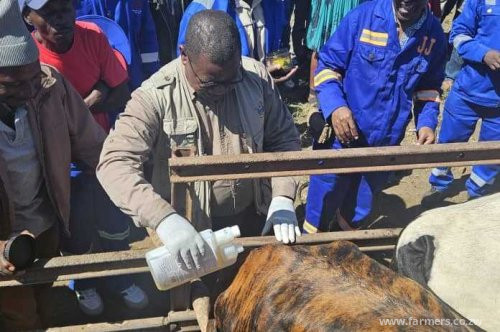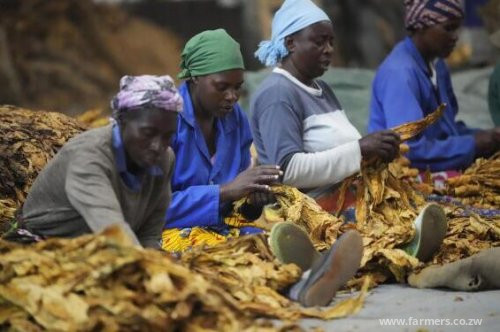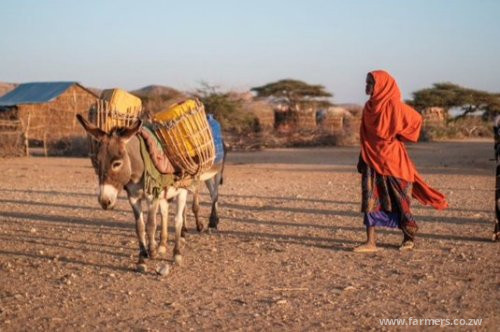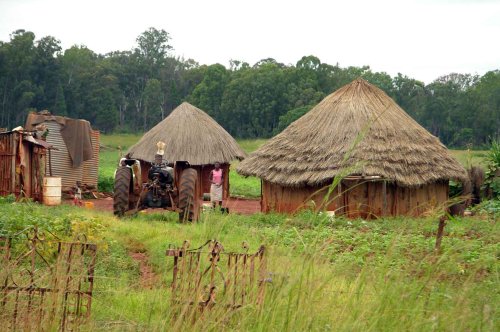How uncompetitive prices push commodities to the informal market
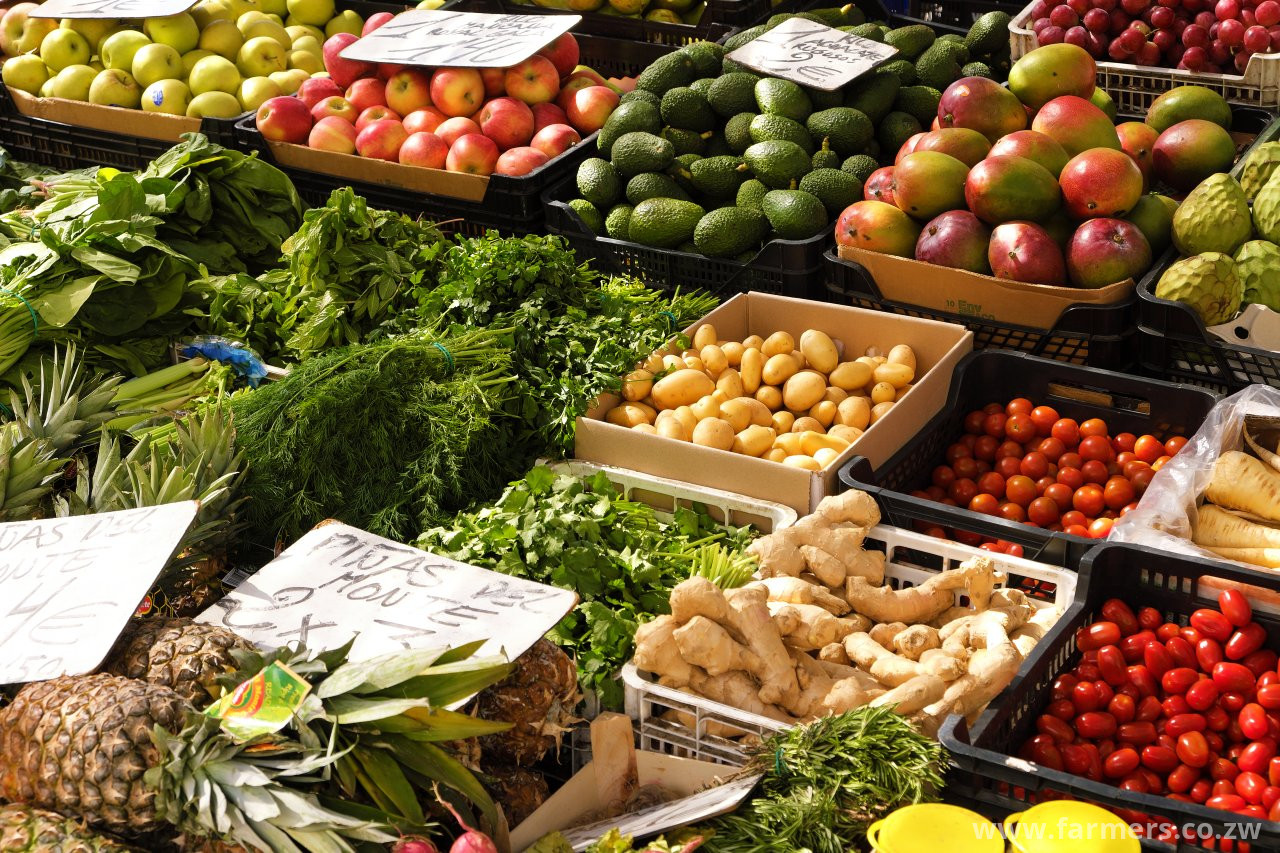
UNCOMPETITIVE prices
by the government and formal
market systems are a major reason why most African agricultural raw commodities are found in
informal markets, if not on the streets.
Using Zimbabwe as an example, where the Grain Marketing
Board (GMB) buys sugar beans at US$750 per metric tonne, ter
ritorial markets like Mbare will be buying at a minimum of
US$1 980 (US$33 per bucket times 60 buckets). Where the
GMB buys shelled groundnuts at US$500 per metric tonne, the
Mbare market gives the same commodity a value of US$1 800
per metric tonne. Indigenous commodities like pearl millet and
nger millet that are bought for US$390 per metric tonne by the
GMB fetch US$840 per metric tonne in Mbare and other open
markets.
What does this mean? Disparities between prices offered by government institutions like the GMB and mass mar
kets push farmers away from institutional markets to mass markets that, unfortunately, do not receive adequate support in the form of appropriate infrastructure and quality control. By offering uncompetitive prices, the
GMB and other government institutions are not only demoralising farmers but also compromising the food and nutrition secu
rity contribution of other commodities like groundnuts and small grains.
These neglected commodities are left to private players who of
fer better prices but later manipulate prices after stocking such commodities.
It also means GMB unknowingly becomes an aggregator for private players who nd it cheaper to buy sugar beans from GMB
at US$750/metric tonne and sell to the mass market at two and a half times the GMB price. Private
players also nd it more pro table to buy groundnuts from GMB at US$500/metric tonne and of
oad on the mass market at four times the GMB price. By doing that, private players earn the
money that was supposed to go directly to the farmer if the marketing system were carefully designed to empower the farmer.
They might be patriotic enough
to appreciate the importance of ensuring national food security by selling commodities
through government institutions like the GMB, but farmers are also commercially-minded
and need a high income. When uncompetitive prices
o ered by government institutions compel farmers to sell
on the open market, growth of the processing industry is hampered because the supply of
raw materials will be coming through third or fourth hands of middlemen who are merely
speculative stockists. Once the price of raw materials becomes too high for business viability, processors
should not be blamed for importing cheaper raw commodities. For those who insist on using local groundnuts to process
peanut butter, the ripple e ect is that locally-processed peanut
butter will attract comparatively higher prices than imported peanut butter or related substi
tutes. Unviable markets marginalise indigenous commodities Indigenous commodities like legumes and small grains are
at more risk of market failure. Most of these commodities do very well in drought-prone regions where they are central
to local communities’ food security and resilience. Unfortunately, these commodities are
not receiving much attention in terms of better prices and value-added technologies.
Commodities that anchor lives in more than half of the districts across the country
should be prioritised with appropriate value addition technologies. Value chains of in
digenous crops have remained too short due to lack of investment in value addition when
compared to maize, soya and wheat.

